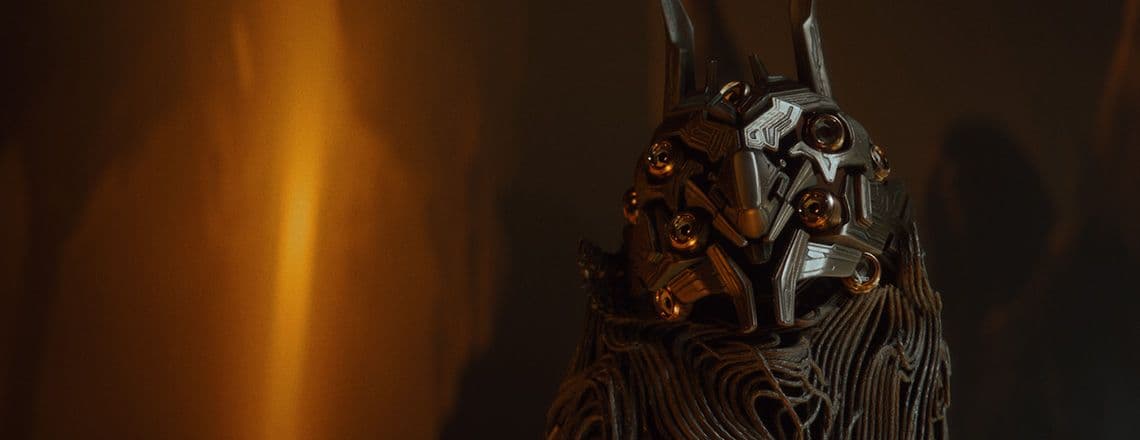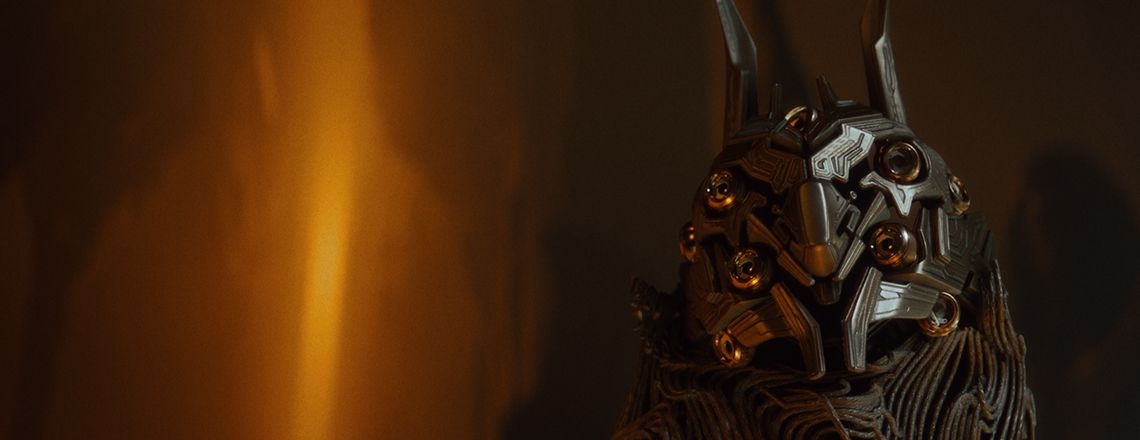
Unity 2019.3
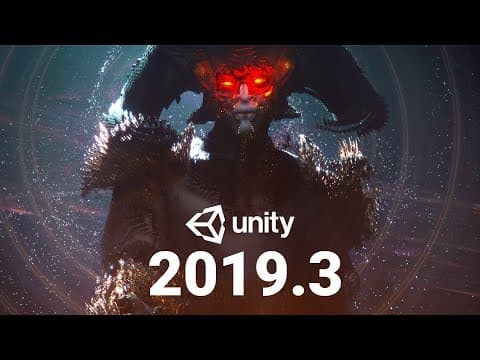
Unity 2019.3
Regardless if you work in games, film & entertainment, architecture, or any other industry utilizing 2D or 3D real-time technology, the 2019.3 release has something for you.
The last release of the 2019 TECH cycle delivers even more performance, visuals, more artistic power, and better workflows for any artist, designer or programmer.
Get all the details on what Unity 2019.3 offers you here, including videos, talks, documentation and more – and to help you get started.
Explore the new features
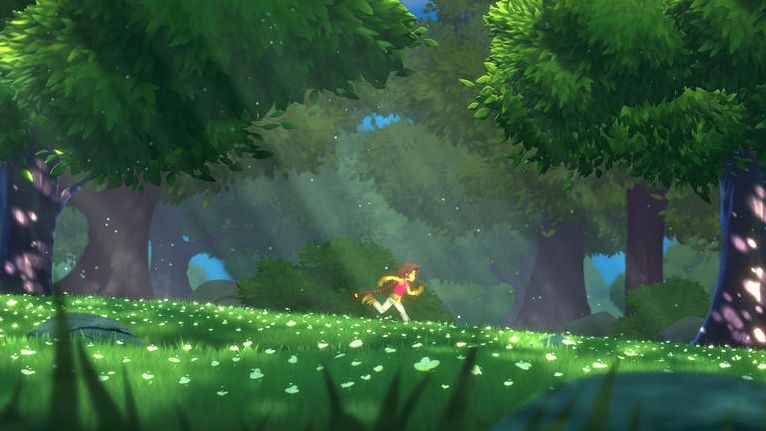
Artist and designer tools
Learn what’s new for artists and designers in Unity 2019.3, including production-ready 2D features, Timeline support for Animation Rigging, terrain updates, Presets, and a new, simplified DOTS conversion workflow.
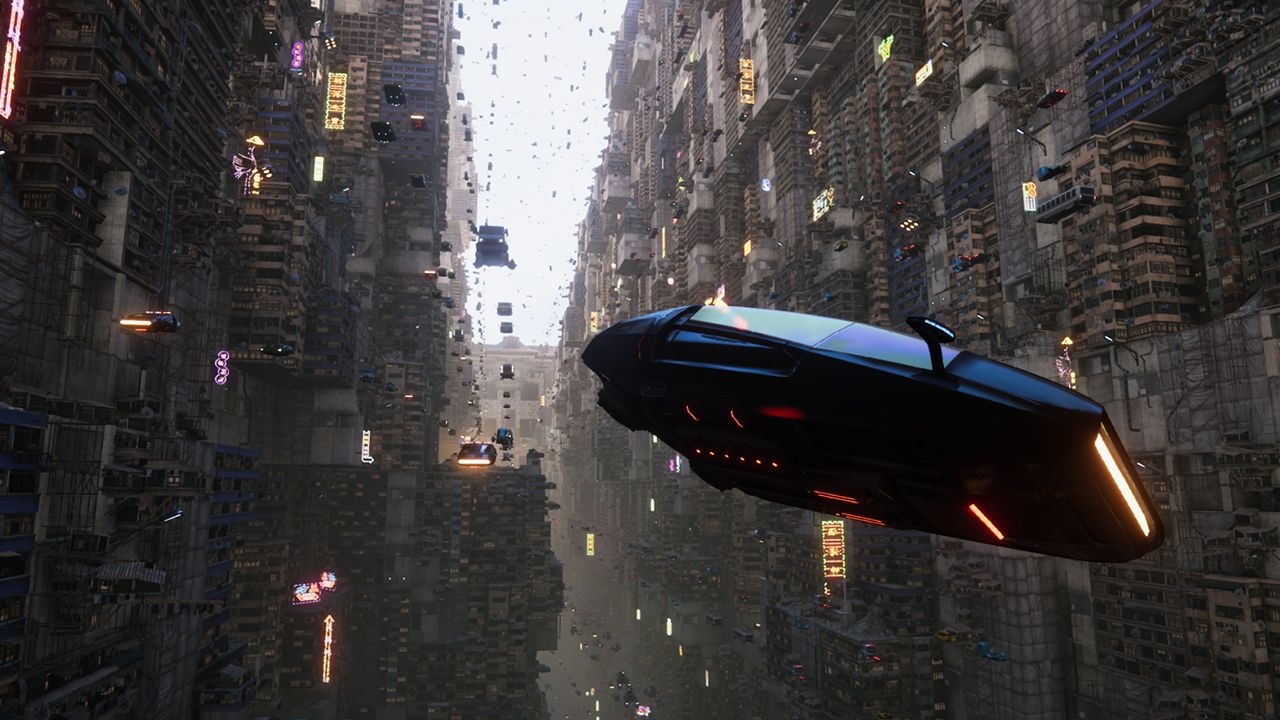
Programmer tools
Learn what’s new for developers in Unity 2019.3, including major updates to DOTS, improvements for version control, profiling tools, and Serialization, as well as Configurable Enter Play Mode, Physics updates and more.
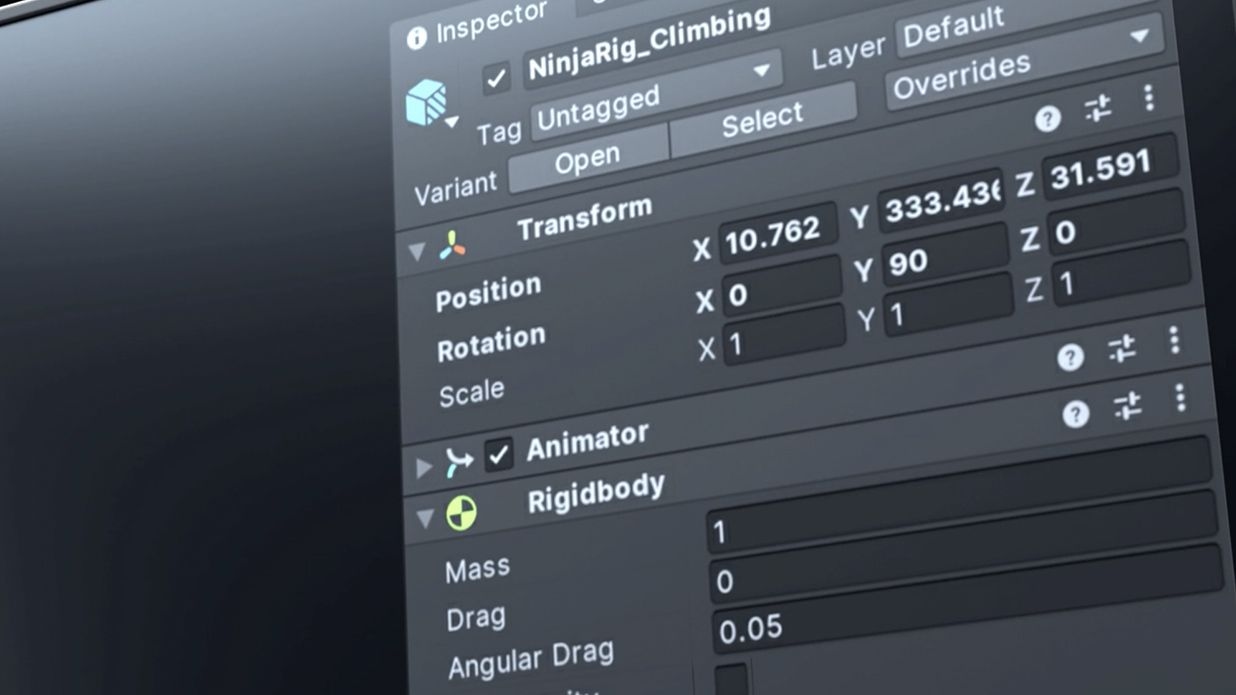
Editor and team workflows
The Unity Editor has a new look and feel, Quick Search helps you find anything, and UI Builder is now in Preview. And save time when importing assets and switching platforms with the Asset Import Pipeline, the default for new projects.
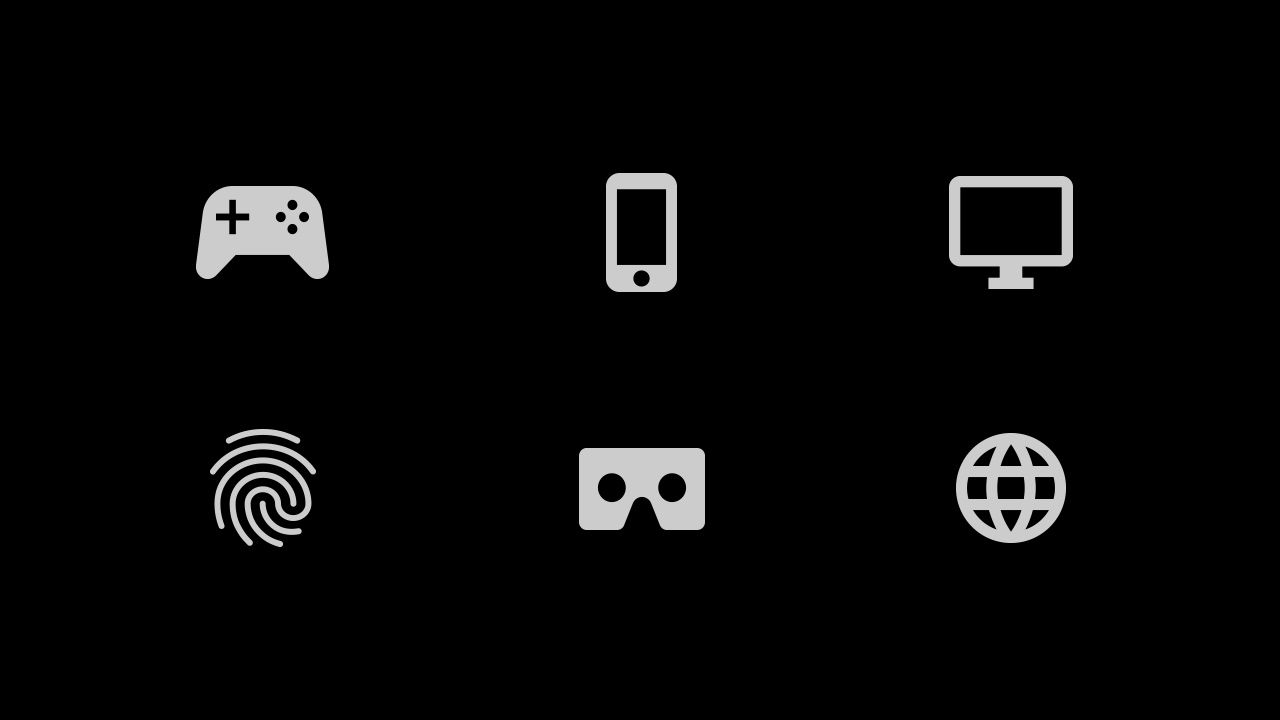
Platforms
Learn what’s new in Unity 2019.3 for platform support. It offers support for Google Stadia, updates to AR Foundation, additional tooling for VR and mobile developers, a new Input System and more.
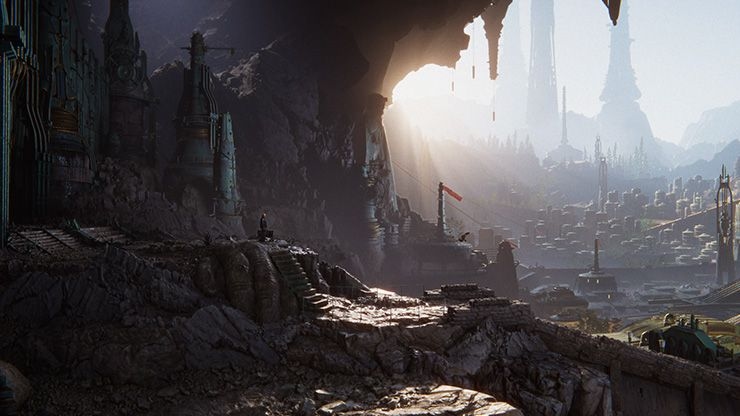
Graphics
2019.3 has numerous updates for graphics and the High Definition Render Pipeline (HDRP) and Visual Effect Graph are now production-ready. Real-time Ray Tracing is currently in Preview, and we have improved the Universal Render Pipeline, Shader Graph, terrain, and lighting.
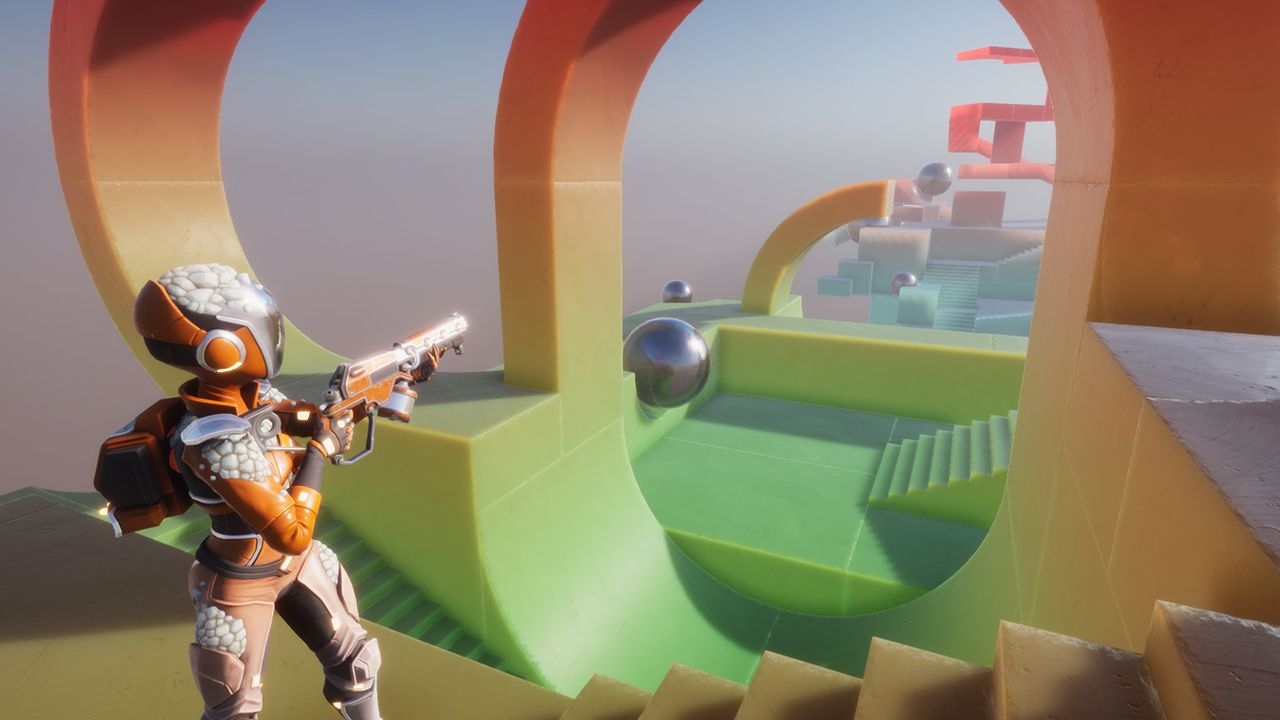
DOTS and the DOTS Sample project
The DOTS Sample project demonstrates how all the new DOTS packages work together in a multiplayer shooter game, including DOTS Game Code updates, DOTS Netcode, Conversion Workflow, Unity Live Link and more.
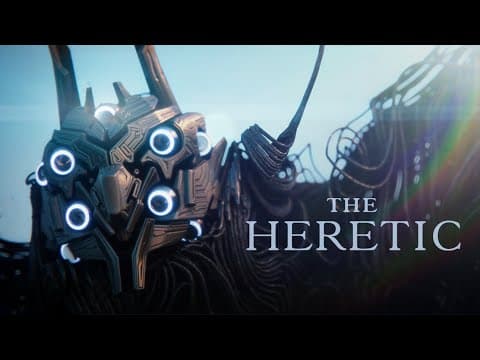
The Heretic – Full version
The Heretic is a short film by Unity’s award-winning Demo team, who also created Adam and Book of the Dead. The first part of the project premiered at GDC 2019 running at 30 fps at 1440p on a consumer-class desktop PC. We shared an early preview of the second part at Unite Copenhagen 2019.
The Heretic runs on Unity 2019.3, leveraging a broad range of graphics features, including every possible aspect of HDRP and the Visual Effect Graph. See the reveal of a new, entirely VFX-based character in the full film.

About to ship? Consider using Unity 2018.4 LTS.
The Long-Term Support (LTS) version of Unity is for projects about to ship. If you wish to lock in your production on a specific version of Unity for maximum stability, we recommend you use Unity 2018.4 LTS.
The LTS release doesn’t have any new features, API changes or enhancements. It’s simply a continuation of the 2018 TECH stream, with updates and fixes. That’s why we call it 2018.4, while this year’s TECH stream began with 2019.1, followed by 2019.2, and has now become 2019.3. With the release of 2020.1, which is targeted for spring 2020, 2019.4 LTS will be made available as well.
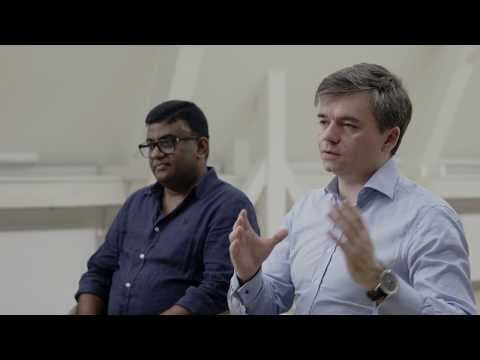
Two 2020 TECH stream releases
With the last release of the Unity 2019 TECH stream, we're excited to announce the plans for 2020. With more new features being continuously distributed as packages, we’re changing our core updates to two TECH stream releases in 2020, followed by the LTS release in early 2021. The full release of 2020.1 is scheduled for spring 2020 and 2020.2 is scheduled for fall 2020. We’ll continue to ship minor updates with bug fixes just as often as we do now.
